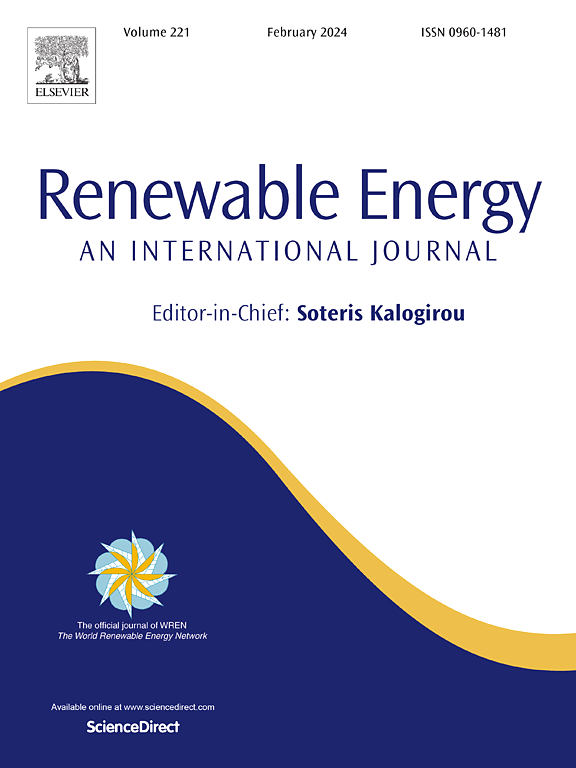A comprehensive wind power prediction system based on correct multiscale clustering ensemble, similarity matching, and improved whale optimization algorithm—A case study in China
IF 9
1区 工程技术
Q1 ENERGY & FUELS
引用次数: 0
Abstract
As an important renewable energy source, wind energy is significant for realizing energy transition and reducing carbon emissions. With the increasing penetration of wind energy in the global energy system, higher prediction accuracy is needed to ensure the safe and stable operation of the power grid. However, the existing wind power prediction methods are constantly pursuing model improvement, ignoring the importance of data quality to the prediction performance, resulting in a stagnation of the upper limit of prediction accuracy. In this paper, we establish a comprehensive wind power prediction system based on correct multi-scale clustering ensemble, similarity matching, and an improved whale optimization algorithm. Firstly, multiple classification algorithms combined with meteorological data are used to correct the extreme scenarios in the clustering results. Secondly, a library of typical fluctuation patterns is established based on the clustering ensemble results, and the optimal training dataset is determined by similarity matching. Finally, complete ensemble empirical mode decomposition with adaptive noise(CEEMDAN) is used to extract further the power data’s local features and time–frequency characteristics and to predict the modal components using the improved whale optimization algorithm(IWOA)-optimized BiLSTM network. The results of the three sets of experiments show that the proposed model is able to improve more than 10% in terms of MAE, RMSE, and MAPE compared to other models, and the model robustness is high.
求助全文
约1分钟内获得全文
求助全文
来源期刊

Renewable Energy
工程技术-能源与燃料
CiteScore
18.40
自引率
9.20%
发文量
1955
审稿时长
6.6 months
期刊介绍:
Renewable Energy journal is dedicated to advancing knowledge and disseminating insights on various topics and technologies within renewable energy systems and components. Our mission is to support researchers, engineers, economists, manufacturers, NGOs, associations, and societies in staying updated on new developments in their respective fields and applying alternative energy solutions to current practices.
As an international, multidisciplinary journal in renewable energy engineering and research, we strive to be a premier peer-reviewed platform and a trusted source of original research and reviews in the field of renewable energy. Join us in our endeavor to drive innovation and progress in sustainable energy solutions.
 求助内容:
求助内容: 应助结果提醒方式:
应助结果提醒方式:


